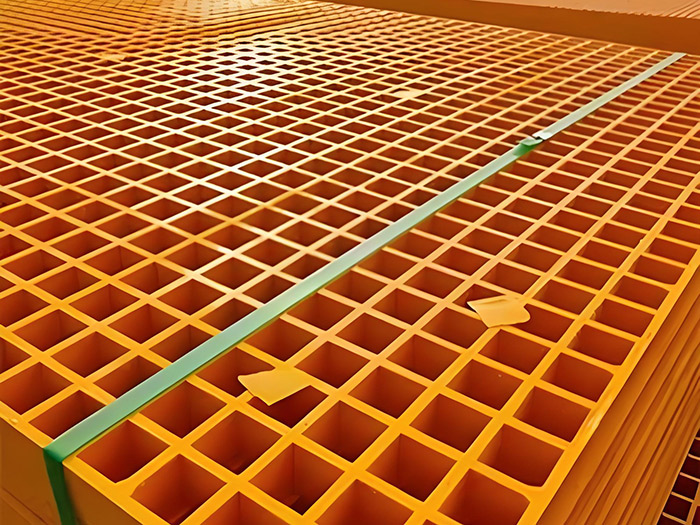Optimizing Structures with Fiberglass Reinforced Plastic Channel: Addressing Key Challenges and Opportunities
Fiberglass Reinforced Plastic (FRP) channels have emerged as a revolutionary material in the construction industry, offering unparalleled durability, lightweight properties, and resistance to corrosion. However, integrating FRP channels into structural designs presents unique challenges that must be carefully addressed. This article explores potential issues, provides insights into optimizing structures with FRP channels, and shares valuable recommendations for successful implementation.
Understanding the Potential Challenges
1. Material Selection and Strength

One of the primary concerns when using FRP channels is ensuring the correct material selection for the intended application. FRP materials come in various compositions, each with different strength-to-weight ratios and thermal properties. Selecting the wrong material can lead to structural weaknesses or excessive material costs.
2. Installation and Handling
FRP channels are often more brittle than traditional materials like steel or aluminum, making them susceptible to damage during installation. Proper handling techniques and protective measures must be implemented to prevent cracks or breaks that could compromise the structural integrity.
3. Connection and Fastening Methods
Designing effective connection methods for FRP channels is another critical challenge. Traditional fastening techniques may not be suitable, requiring specialized adhesives or mechanical fasteners that maintain the material’s integrity without causing stress concentrations.
4. Long-Term Durability and Environmental Resistance
While FRP channels excel in resistance to corrosion and environmental factors, ensuring long-term durability requires careful consideration of exposure conditions. UV radiation, chemical exposure, and temperature fluctuations can affect the material’s performance over time.
Optimizing Structures with FRP Channels
Enhancing Material Selection
To address material selection challenges, engineers must conduct thorough material testing and analysis. Utilizing advanced simulation tools can help predict the behavior of FRP channels under various loading conditions. Collaborating with material suppliers and conducting pilot tests can also provide valuable insights into the best material choices for specific applications.
Safe Installation Practices
Implementing safe installation practices is essential to prevent damage to FRP channels. This includes using protective coatings, employing specialized handling equipment, and training installation crews on proper techniques. Additionally, designing installation processes that minimize stress on the material can significantly reduce the risk of structural failures.
Innovative Connection Methods
Developing innovative connection methods is crucial for ensuring the structural integrity of FRP channels. Adhesive bonding, for example, can provide a strong and durable connection without creating stress points. Mechanical fasteners designed for FRP materials can also be effective, provided they are properly installed and aligned.
Long-Term Performance Monitoring
To ensure long-term durability, regular monitoring of FRP channels is necessary. This includes inspecting for signs of degradation, such as UV damage or chemical erosion, and performing non-destructive tests to assess material integrity. Implementing a maintenance schedule that aligns with environmental conditions can help extend the lifespan of FRP channels.
Sharing Insights and Best Practices
Sharing insights and best practices among industry professionals can significantly enhance the adoption of FRP channels in structural applications. For instance, case studies showcasing successful installations can provide valuable lessons learned and inspire new approaches. Collaborative research initiatives can also drive innovation in material science and application techniques.
Case Study: FRP Channels in Bridge Construction
A notable example of successful FRP channel implementation is in bridge construction. By replacing traditional steel girders with FRP channels, engineers were able to reduce the weight of the structure, minimizing the load on supporting piers. Additionally, the corrosion-resistant properties of FRP channels extended the bridge’s lifespan, reducing maintenance costs over time.
Conclusion
Optimizing structures with Fiberglass Reinforced Plastic channels offers numerous benefits, including enhanced durability, lightweight properties, and resistance to environmental factors. By addressing key challenges such as material selection, installation practices, connection methods, and long-term performance monitoring, engineers can leverage the full potential of FRP channels. Sharing insights and best practices within the industry will further drive innovation and ensure the successful integration of FRP channels into diverse structural applications.







